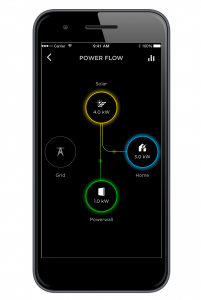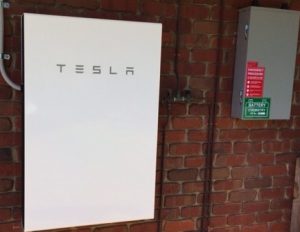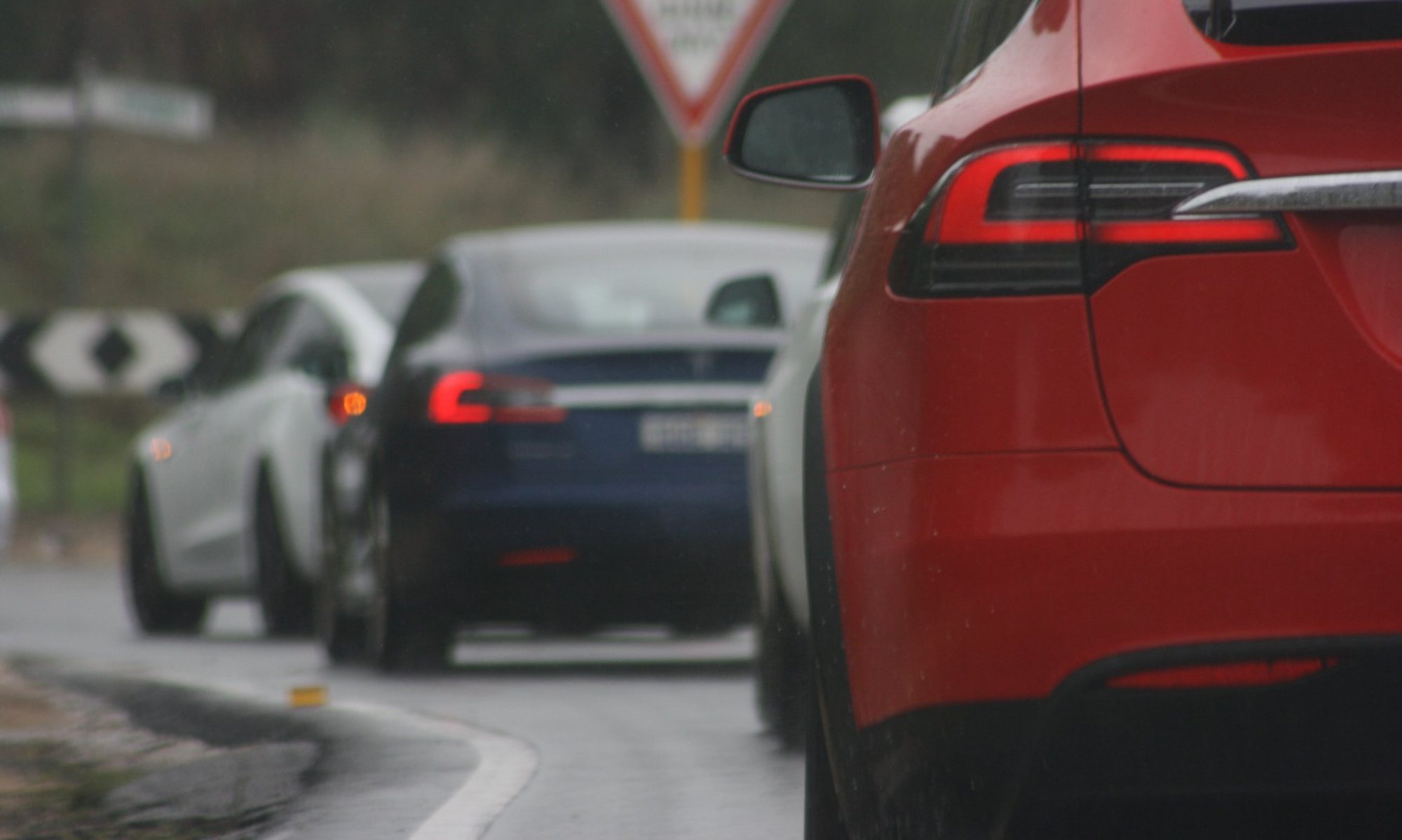There has been a lot of positive articles out there on the attributes of the Tesla Powerwall and an equal amount of misinformation.
A lot of the attention is focused on the cost benefits analysis of both solar and indeed more so the Powerwall storage battery. Often overlooked is the very basic practical advantages of a combined system and the subsequent feel good efficient use of power. Hopefully this article will dispel some of the myths.
At this time of the year the system is producing over 41kw of power per day which is more than double our daily power consumption.
There has been no need to use peak power from the grid and we try where possible to keep our consumption equal to what the solar panels produce.
How you may ask?
Owning two electric vehicles, battery powered saws, drills, battery reciprocating saw, battery hedge trimmer etc. means that we can charge up all devices when the sun is shining – directly from the Sun.
Rather than directing excess solar production back to the grid at 7cents a kilowatt the Tesla Model S can consume the marginal power and more importantly can be calibrated to the extent that it will only use the level of excess power produced by the system and no more. Whilst there are a couple of gadgets that you can install to automatically switch the excess power to the car it is simply a matter of reducing the amps to the car to maintain the equilibrium. Easy to do on the cars charging screen.

When the sun rises in the morning its first priority is to power the house and then charge up the powerwall which is sometimes run down low whilst powering the house overnight. All subsequent power generated is then directed as we see fit.
The Powerwall has been a fantastic addition and has kept the house going particularly in September and October last year when we had a 48 minute outage and a one hour 22 minute outage. The house has three phase power and all of the essential circuits are backed up.
There has been a lot of negative views on the ability of the Powerwall to back up a three phase home. Our system has been tested twice just recently with all essential circuits operating as normal. The storage capacity of the battery is well and truly sufficient to keep all of our essential services running for quite some time. Exactly what we would expect.

There are a lot of unrealistic expectation out there which can only be satisfied by a significant increase in battery storage capacity or multiple power walls or commercial type of storage units. Just depends on your daily power needs in times of grid power outage which after all is not all that frequent.
The feel good part is being able to charge both electric vehicles and appliances directly from the Sun and of course enjoying the financial benefits of lower power costs.
Article written by Martin


Great article, Martin.
I agree there is no real problem for the single phase PowerWall2 to backup the essential circuits in a 3phase house, as long as the installing electrician adds these circuits to the PowerWall phase on installation of the PowerWall.
Obviously 3 phase loads cannot be backed up, but they would quickly drain the PowerWall in the event of a grid outage anyway.
Also only single phase solar inverters can be kept on line to help supply the house load in a grid outage, so no solar power will be available from a 3phase solar inverter in this situation.
The owner has to decide whether the PowerWall is installed mainly for time-shifting (to cover peak load, by charging from solar or offpeak), or for Backup (to supply the house in the event of a grid outage). The PowerWall reserve can be set to any level from 0% (so No reserve for backup, but all battery available for Time-shifting) to 100% (so All battery available for backup, and none for Time-shifting). There is also a storm option, which will automatically increase the Reserve when a storm is forecast.
Although the PowerWall2 is only connected to one phase, it discharges to net out grid consumption on all 3 phases at the meter, so effectively performs the time-shifting roll on all 3 phases.
Our installation has ensured we do not draw from the grid all day and night so far, except when the house load exceeds the instantaneous capacity of the PowerWall, plus whatever Solar is contributing, which is rare (in particular when our 3 phase lift draws 20kW for a short period).
But in winter we will have to switch our PowerWall to operate in Time of Use mode, in which it assesses the likely house demand for the following day based on the usage history and the forecast insolation, and decides whether to stop discharging in the early morning off-peak, or indeed whether to charge from off-peak. The aim is to ensure sufficient battery charge to supply the house load through the following evening peak and shoulder.
The economics don’t work for us, since our house is very efficient with several passive solar features, so our saving from Time-shifting would not cover the PowerWall cost for many years. But it is good to be spreading the load on the grid from the evening peak to the solar excess at midday.